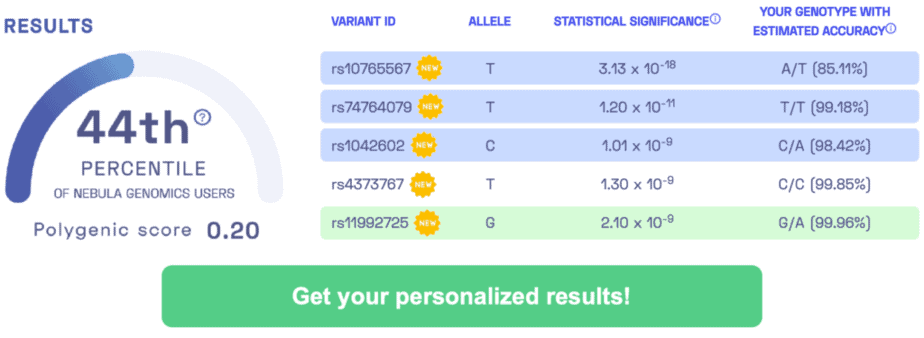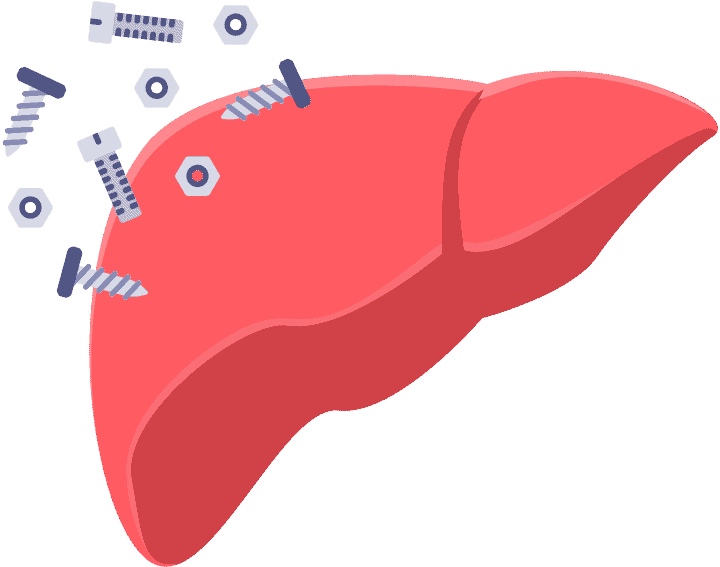STUDY TITLE: Novel loci affecting iron homeostasis and their effects in individuals at risk for hemochromatosis
SUMMARY: Identification of 6 genomic regions linked to iron levels in the blood.
OVERVIEW: Iron is a mineral that is needed by our bodies for proper function. While all cells need iron, most of the body’s iron is used by red blood cells where it facilitates the transport of oxygen. While low iron levels can lead to illnesses, elevated iron levels are also dangerous. Hemochromatosis is a disease characterized by elevated iron levels and damage to the liver and heart. Body iron levels are known to be a heritable trait. Up to 30% of the variance between individuals can be explained by genetics. This genome-wide association study examined nearly 50,000 individuals of European descent to identify markers associated with blood iron levels. The study found 6 genetic regions that are linked to iron levels in the blood. Some of these regions have previously been shown to play a role in the function of red blood cells.
DID YOU KNOW? In addition to genetic predisposition, elevated iron levels can be the result of various medical conditions, including different types of liver diseases. Individuals that have received blood transfusions can also experience a temporary overload of iron. Iron levels can be lowered by limiting the consumption of red meat and other iron-rich foods. Foods high in Vitamin C should also be avoided because Vitamin C promotes the body’s absorption of iron. [SOURCE]
SAMPLE RESULTS: Learn more about the Nebula Research Library.

HEMOCHROMATOSIS-ASSOCIATED VARIANTS: rs855791, rs1800562, rs1799945, rs8177240, rs7385804, rs228916
ADDITIONAL RESOURCES:
Iron and the Body
Hemochromatosis
WEEKLY UPDATE: January 31, 2020
